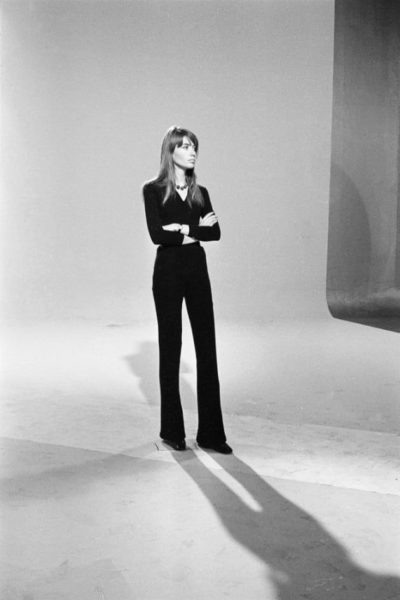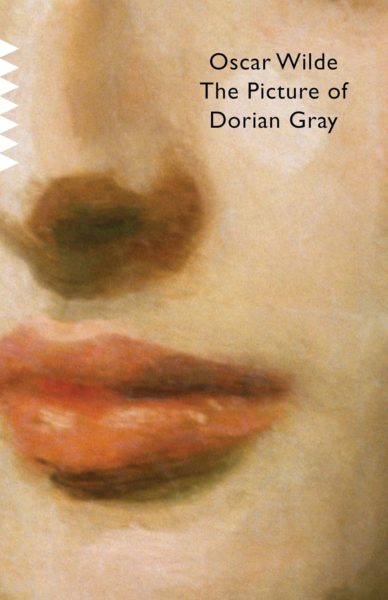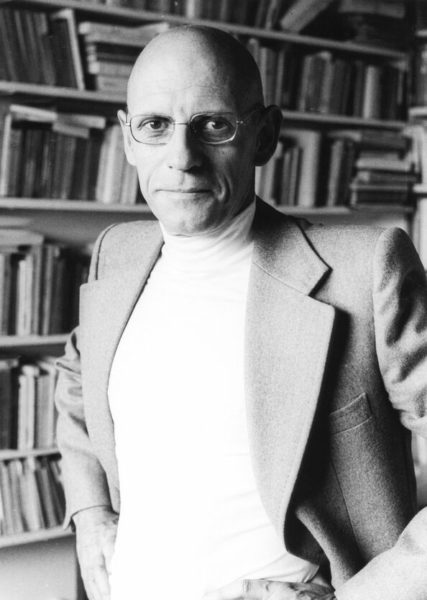As a young academic, Deleuze does not publish, instead teaching at the lycée. A sober, jocular young man, he still belongs to his family’s bourgeoisie: black ‘Submariner’ turtlenecks, dark double-breasted suits and slim ties.
From 1962 onwards, Deleuze comes out: nine books in seven years. Nietzsche, Kant, Proust, Bergson – Sacher-Masoch.
He meets Guattari: 4 books, 1500 pages. The clothes grow looser: work jackets,
button-downs, black or olive-coloured flared trousers – Deleuze is a sign of the times.
He adopts an accessory that will leave him a nickname: ‘the philosopher with the hat’. A taupe, brown or black felt hat; sometimes even white straw with a black band.
He looks elsewhere.
Cinema: Bergman.
Music: Boulez.
Theatre: Beckett.
Painting: Bacon – ‘the crumpled garment may retain values of light and dark, shadow and light; but the shadow itself on the other hand, the shadow of the Figure, will be treated with pure and vivid tones’.
Pushed into domestic entrenchment by his respiratory illness, he gradually prefers
comfort. Grenadine, navy and mauve lambswool; unbuttoned cardigan; birdseye tweedwoolen fabric, more or less rustic, woven with multicolored More.
The shirt collar never sticks out, but the cuffs always do.
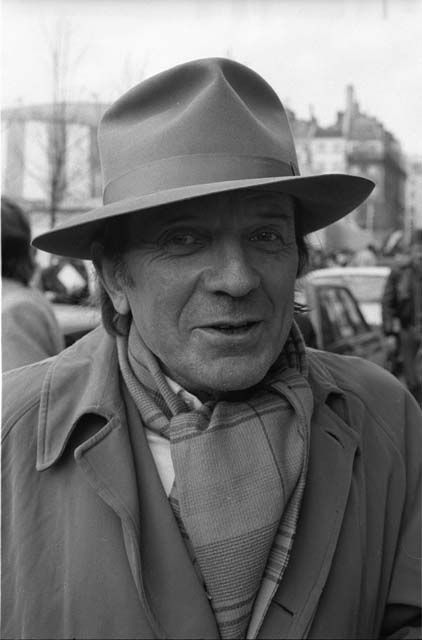
DELEUZE, Gilles, phil. BAMBERGER, Hélène, phot.
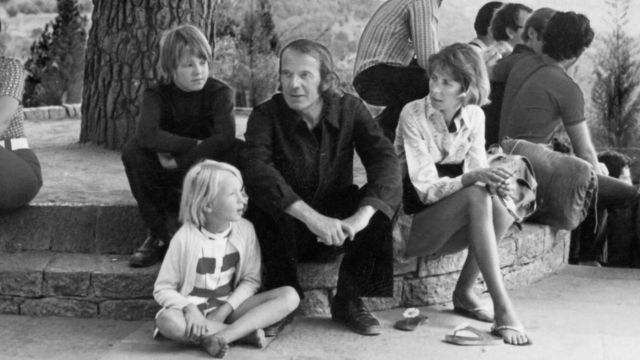
DELEUZE, Gilles, phil. DELEUZE, Fanny. DELEUZE, Julien. DELEUZE, Émilie. GUATTARI, Emmanuelle, phot. Grèce, circa. 1970.
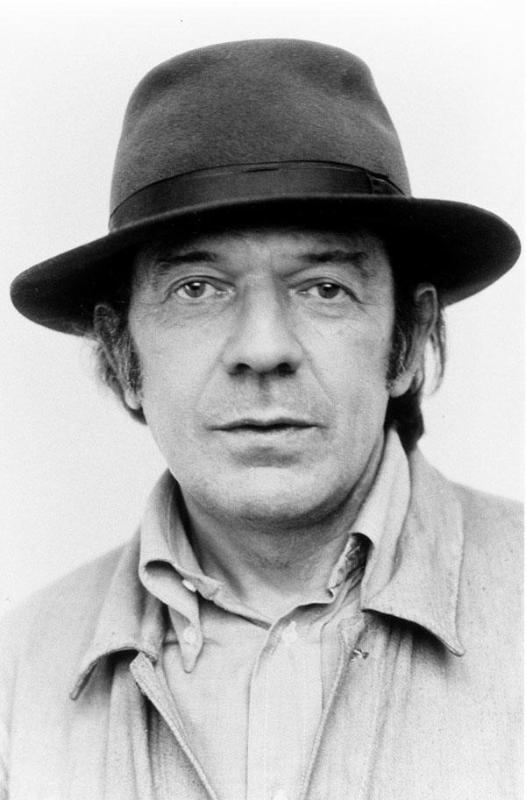
DELEUZE, Gilles, phil. de DECKER, Marie-Laure, phot.
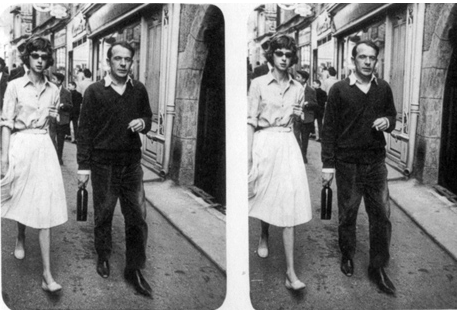
DELEUZE, Gilles, phil.
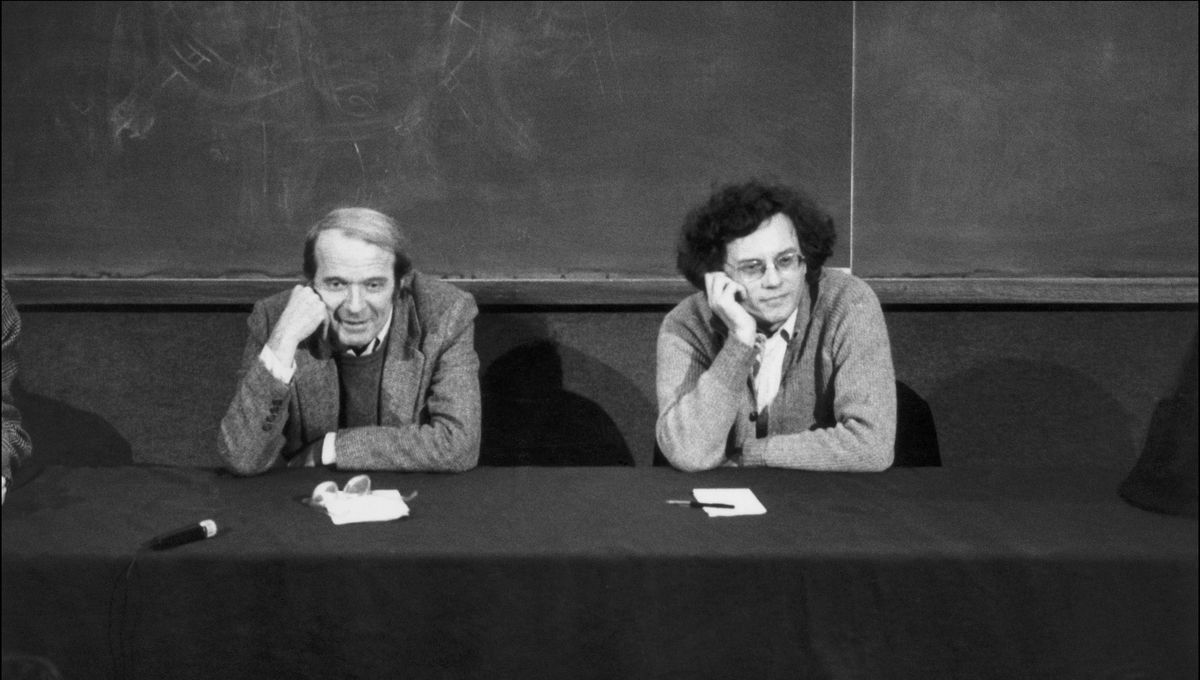
DELEUZE, Gilles, phil. GUATTARI, Félix, phil. Paris, 1980.
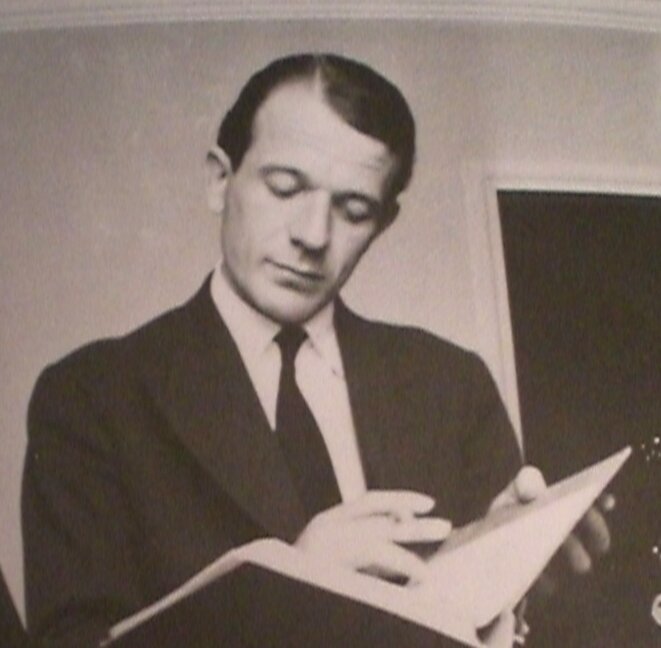
DELEUZE, Gilles. phil. Circa, 1955.
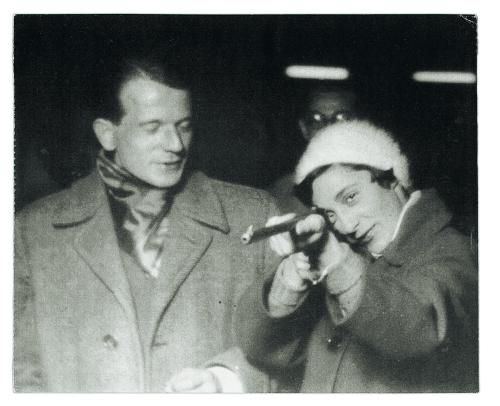
DELEUZE, Gilles. phil. DUHÊME, jacqueline, écr. Circa, 1955.
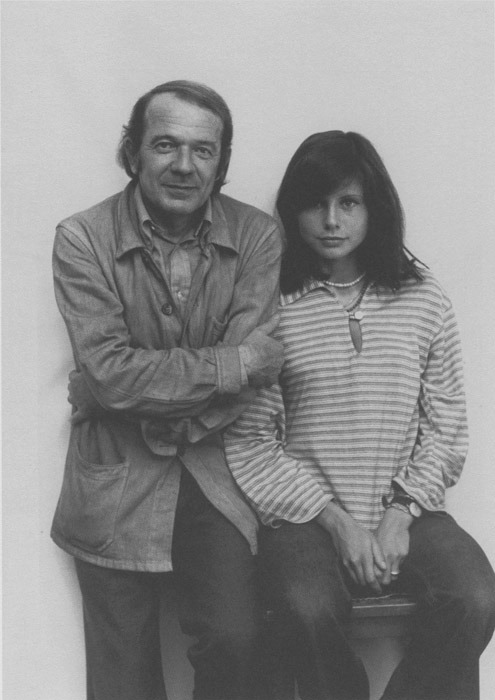
DELEUZE, Gilles. phil. PARNET, Claire, journ. de DECKER, Marie-Laure, phot. 1975.
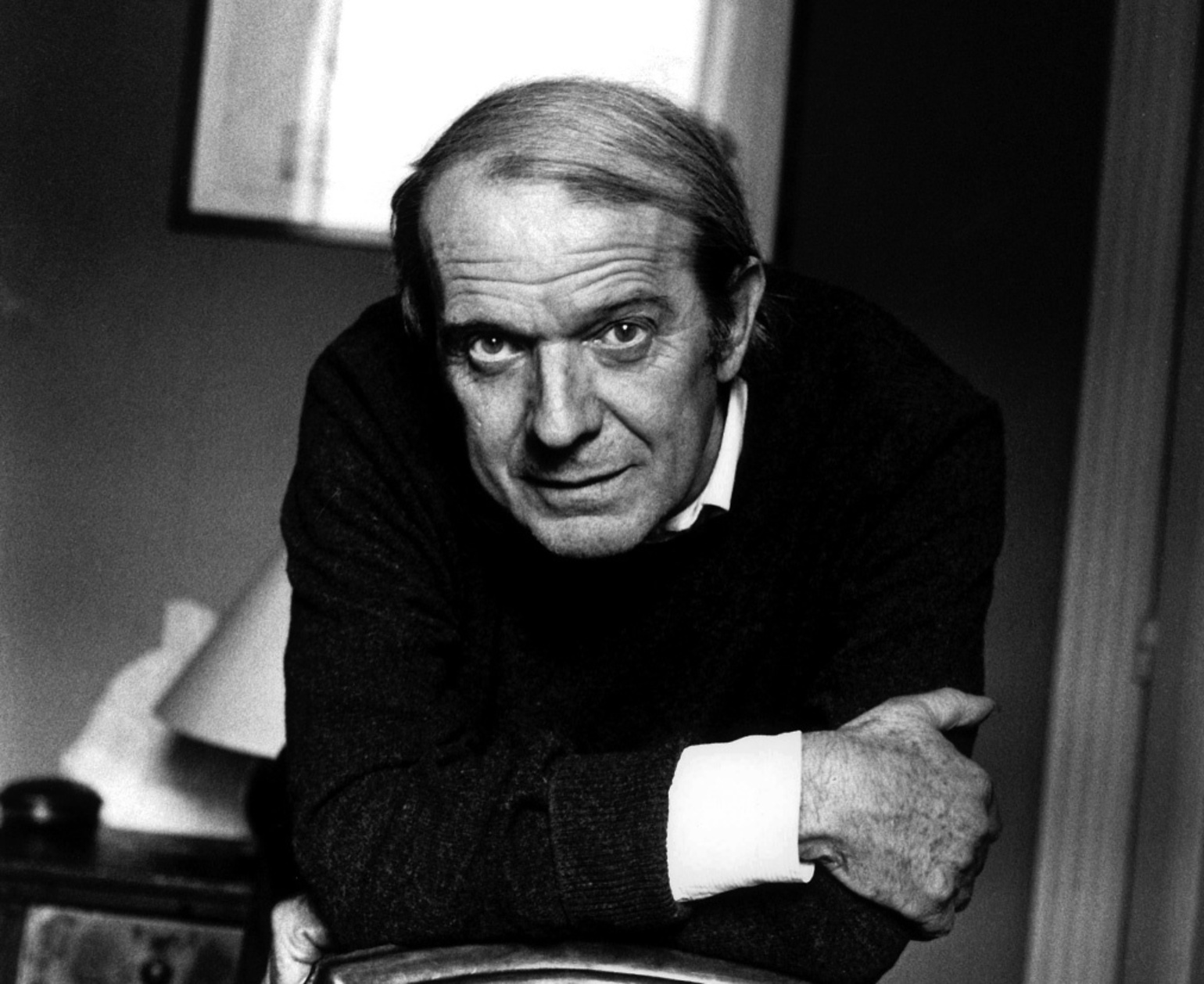
DELEUZE, Gilles, phil. BAMBERGER, Hélène, phot. Éditions de Minuit.
- THE FLARED TROUSER
- BRUMMELL« the most sober, the most strict, the least extravagant man »
- THE GRAPHIC T-SHIRT« from a history that does not follow fashion but the needs for expression to being a part of collective conscious and an underground culture »
- FOUCAULT / TURTLENECK« though the black turtleneck was serving as a symbol of irreverence and rebellion in 1950s, Foucault’s rebellious spirit manifested in choosing a cream-coloured version »
